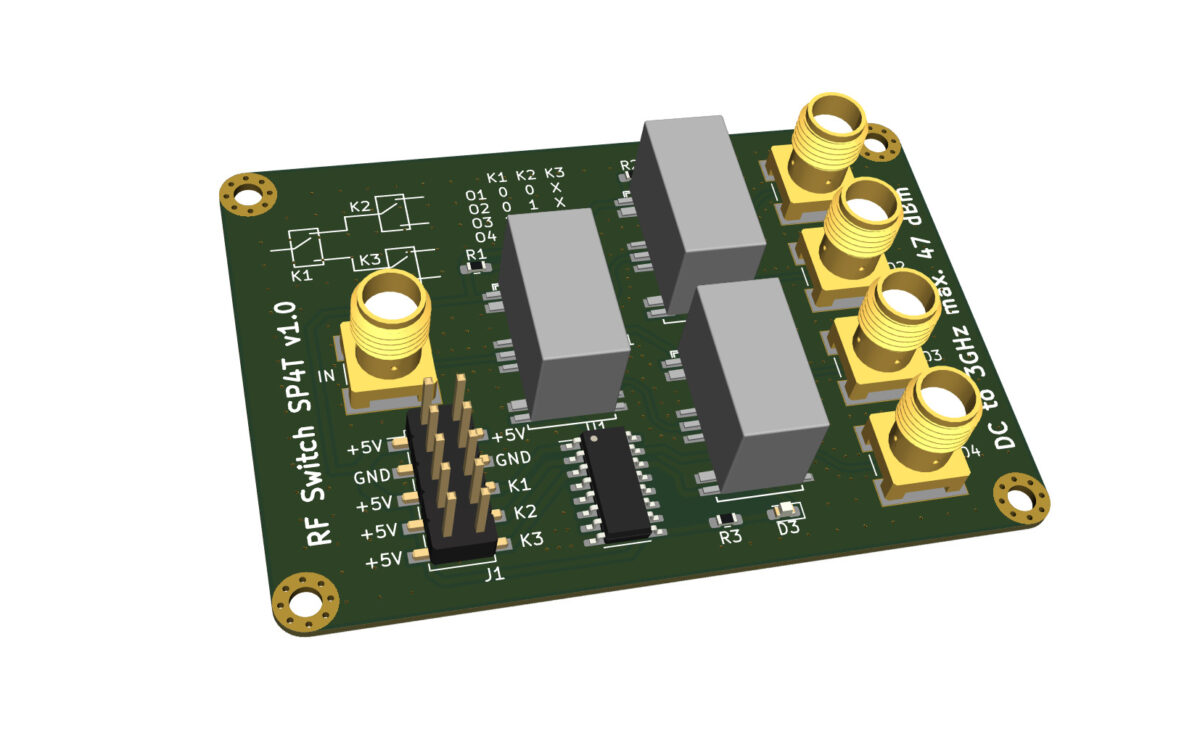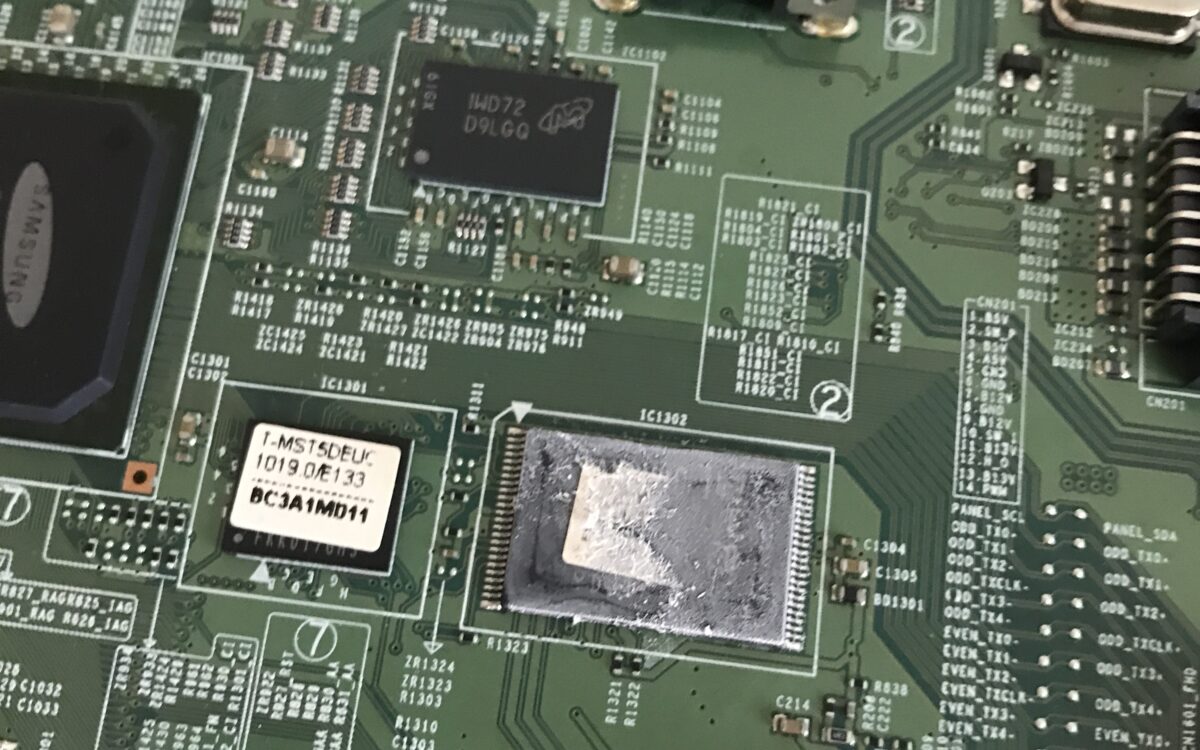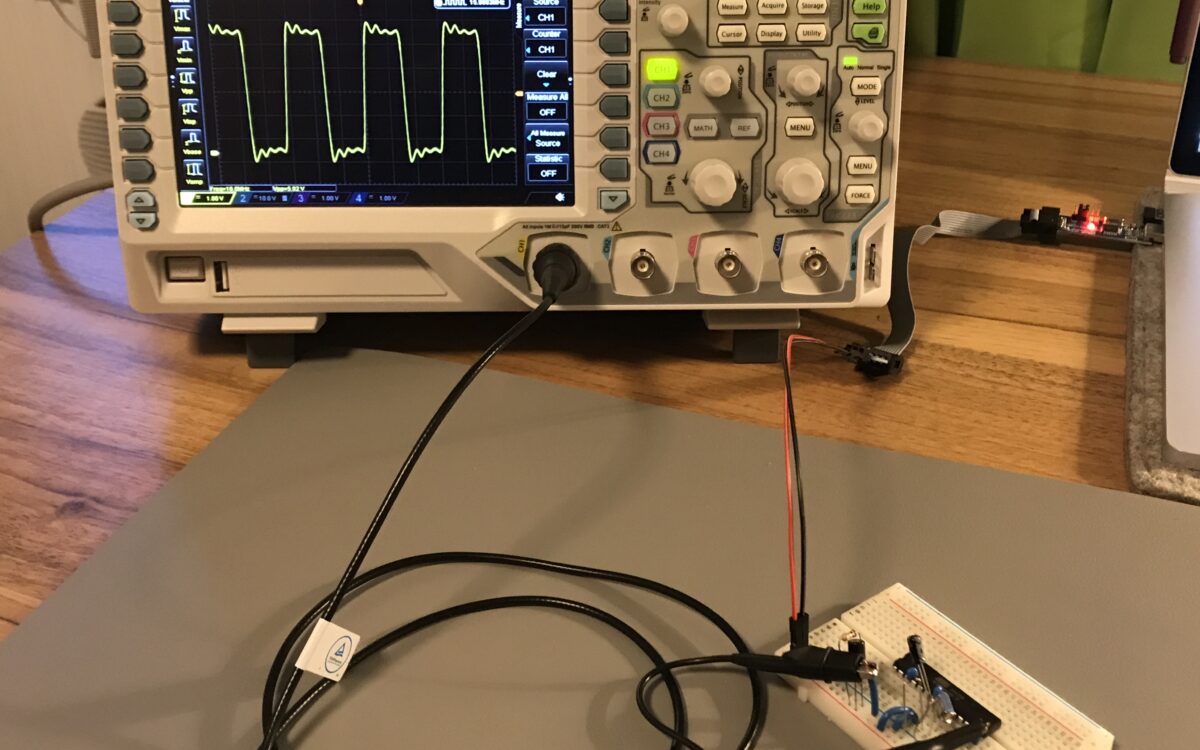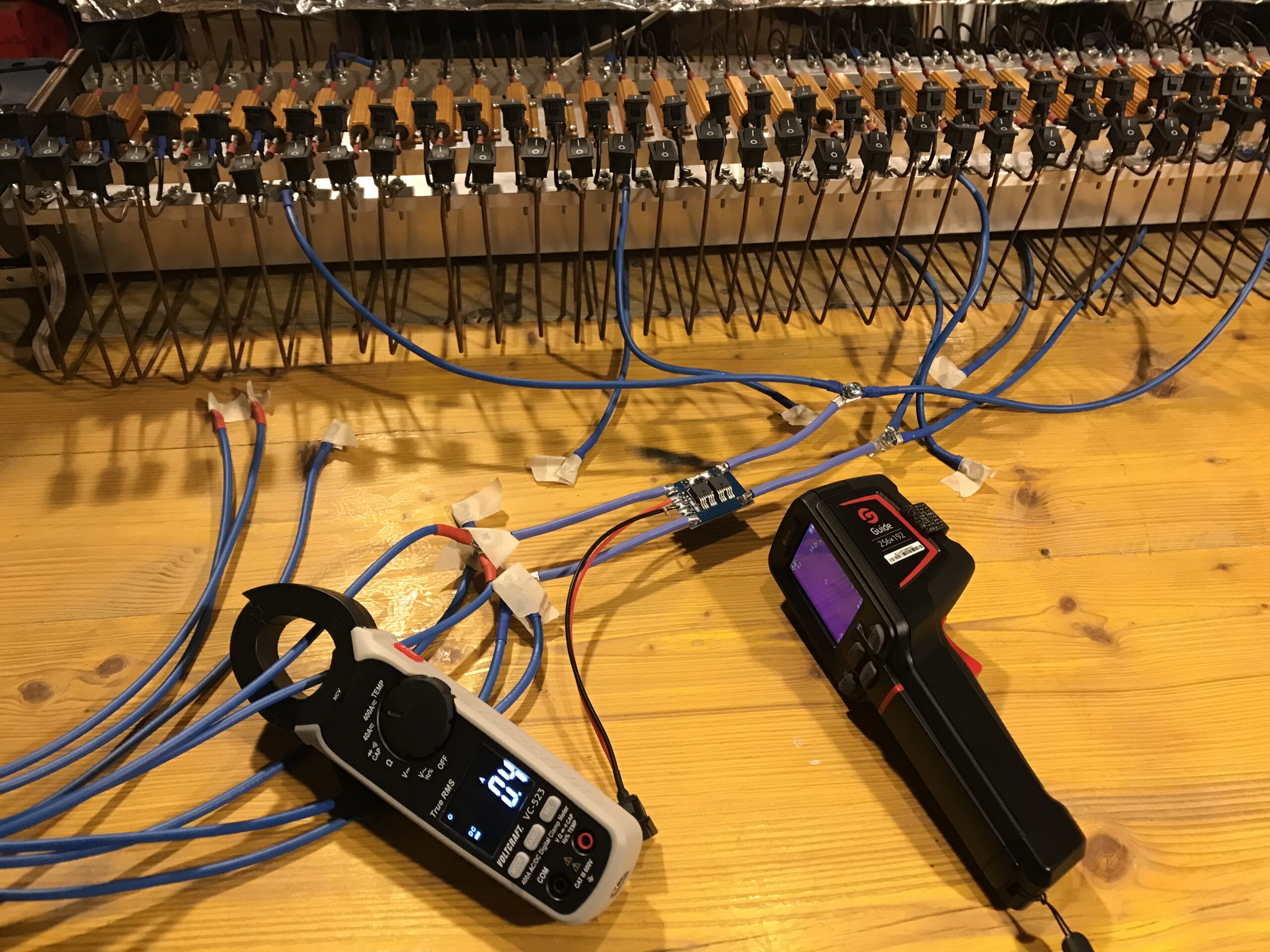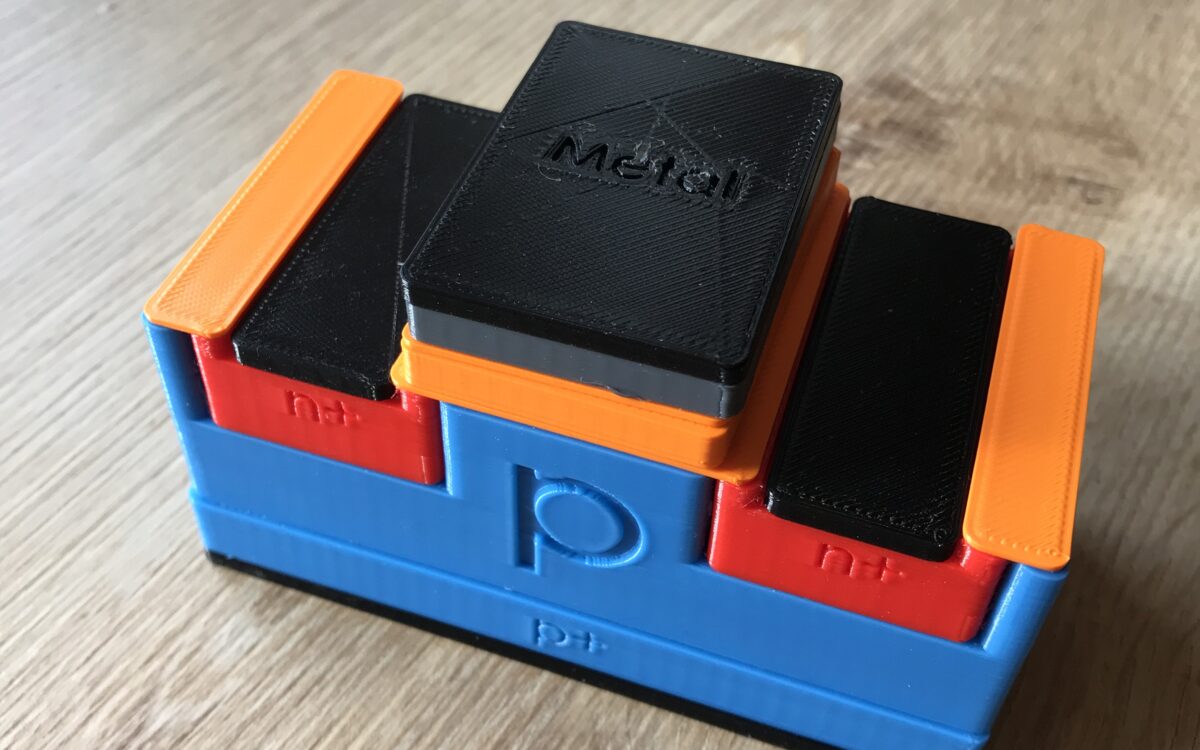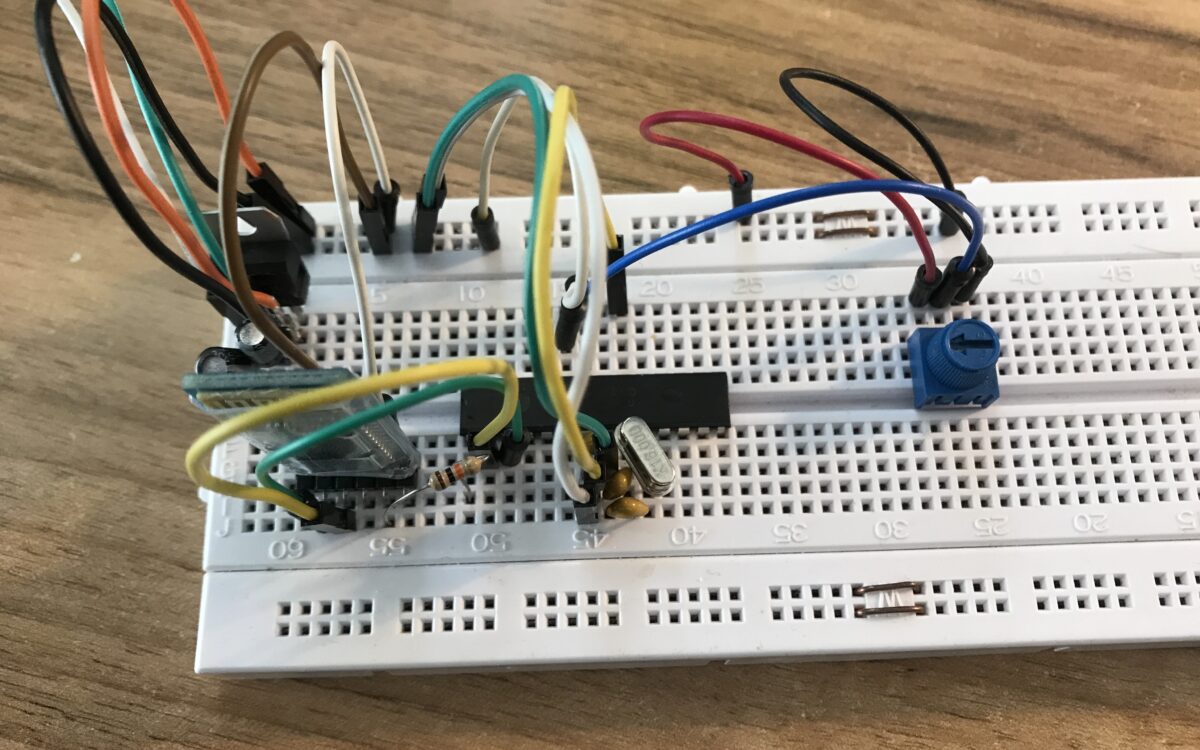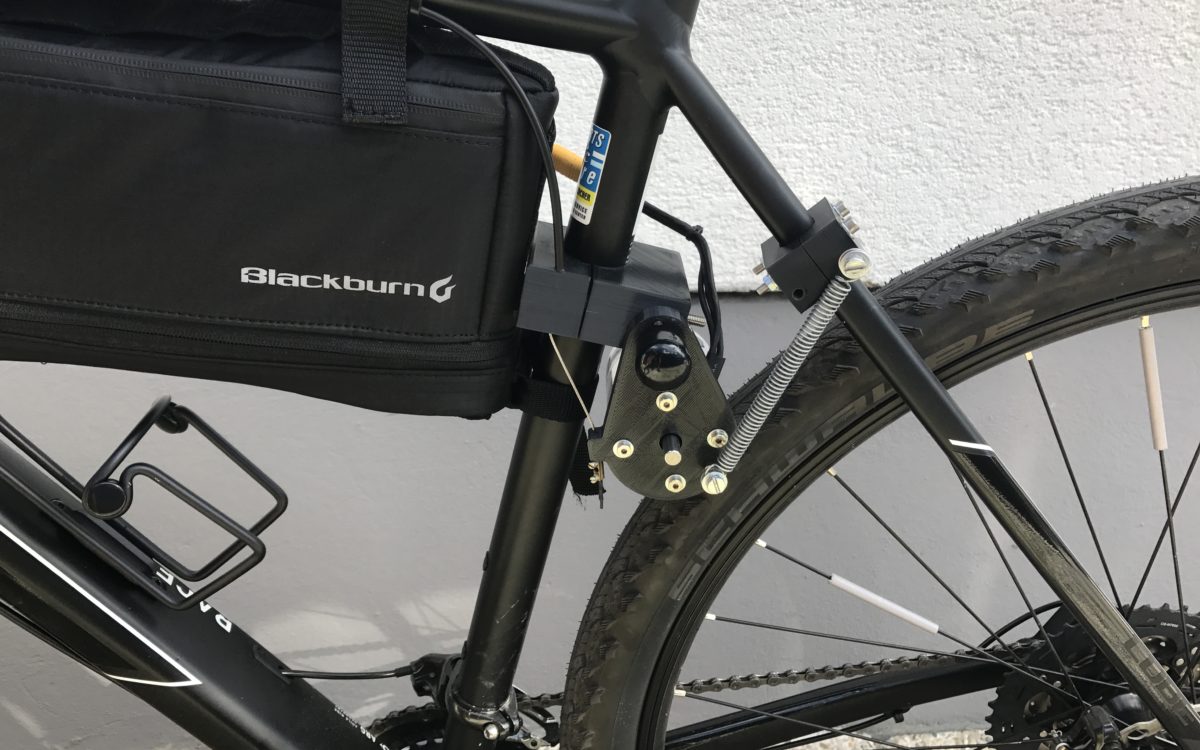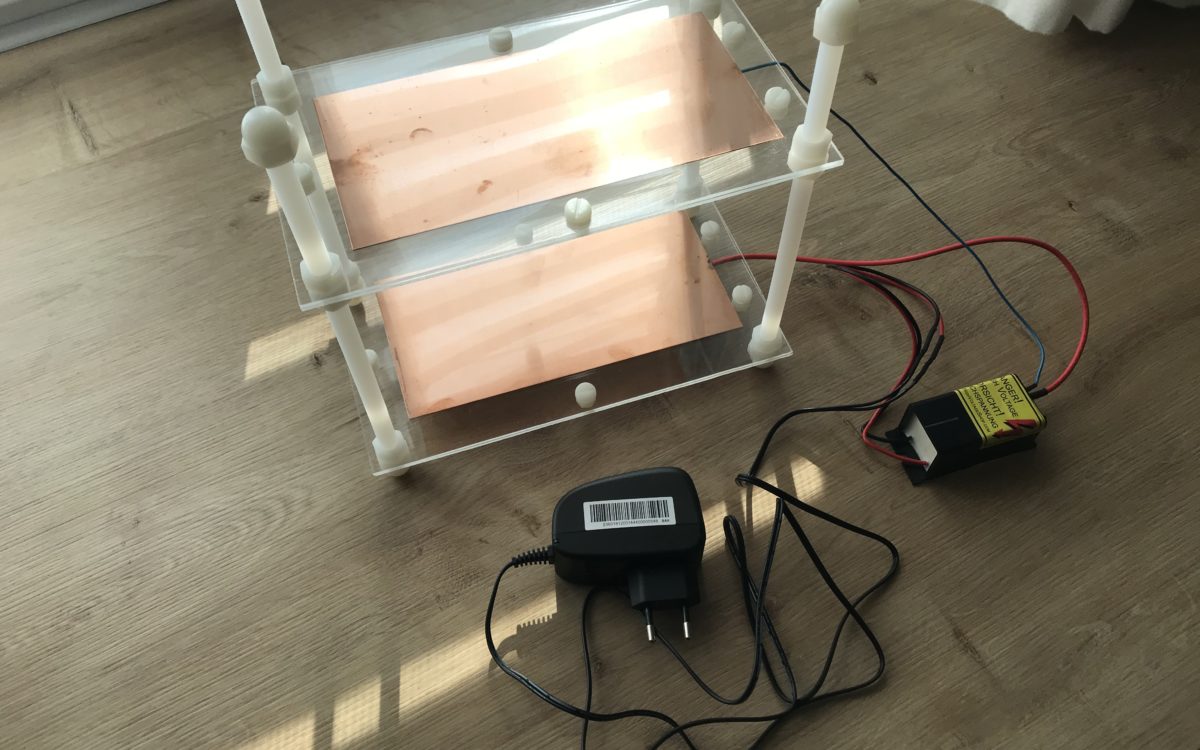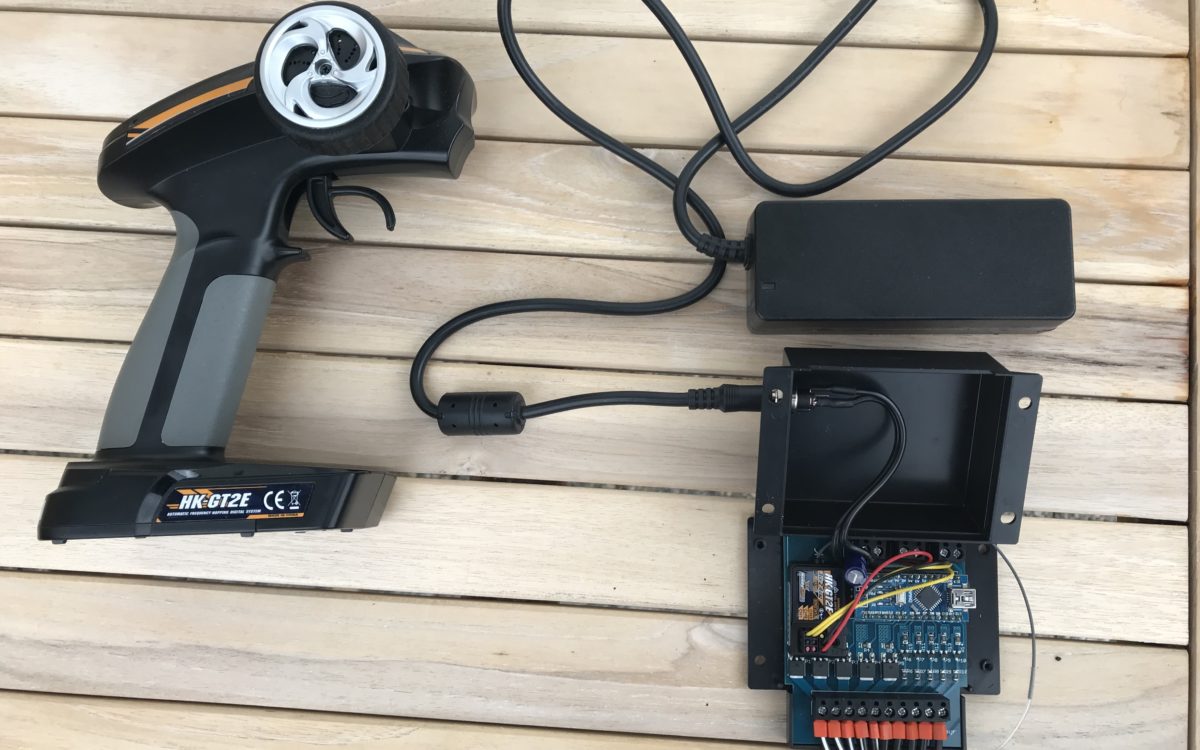For an existing modular test bench to perform conducted electromagnetic compatibility measurements, an RF switch module with TTL interface has been developed to allow further automatization of the test procedure. The TTL interface connects to a microcontroller that also controls other functions of the test bench and interfaces with the control pins of the DUT. The microcontroller receives commands via a serial interface from a PC.
Continue readingAuthor: fabio
APQP, 5Why, Ishikawa, FMEA and other Pokemons
Some of the most commonly used methods in (automotive) QM.
Crisply presented.
This post (STRG+F your way to your desired part of it) is like a personal expanding notebook to myself, where I compile information about various methods from different sources and experiences. I’m happy and grateful for any input. The focus lays definitely on APQP as one can certainly recognize.
Continue readingSignalgenerator for robotic lawn mowers (currently Worx/Landroid compatible)
People often have structurally separate lawns around their house with a big main lawn and a smaller one. Purchasing another 160-180 Euro charging station, which also acts as signal generator for the wire loop, seems to not be worth for the small second area.
Introducing the Signalbox v1

LCR calibration & reference board
This is a board to test the capabilities of LCR meters, like my DER-EE DE-5000 LCR-meter.
Continue readingTV repair: Fixing a boot loop on Samsung Smart TV
Occasionally, my old Samsung Smart TV UE40D5720RS from 2012 gets stuck in a boot loop. Bad blocks inside the NAND memory chip cause this behavior.
The TV cycles on and off about every 5 seconds. Resetting the TV helps to fix the problem for a few weeks, however the standard way of resetting (in the TV settings menu) is no option since the few seconds the TV stays on are not enough.
Continue readingChoosing capacitors for external crystal resonators
The two external capacitors are a crucial part in setting the correct frequency in a Pierce oscillators circuit. This circuit is often used as external clock source for microcontrollers.
Continue reading#1 What’s inside? Plug-in Energy Monitor / Electricity Meter (Brennenstuhl PM 231E)
Welcome to this new series of blog posts where we take a closer look at the inner workings of electronic devices!
Introduction
The energy meter has recently stopped showing correct power values. The voltage value is read correctly but the value for the current is doubled most of the time, therefore the power reading is also off about factor 2. Reason enough to open the device up and to see what’s going on.
Continue readingThermal imaging of MOSFETs under load
Two MOSFETS are put in parallel in low-side configuration to switch an ohmic load. Load current is set while observing the warming up of the PCB through thermal imaging. Package of the MOSFETS is D2PAK-7, traces are approximately 10mm wide 2oz copper on both top and bottom layer and connected by many vias. The picture below shows the general setup with the switch, wiring, load, current clamp and thermal imaging camera. Not all supply cables were used because it was not planned to increase the current beyond 100A.
Continue readingSemiconductor 3D Puzzle
This is a MOSFET 3D puzzle that I constructed in Solidworks and printed it using my Geeetech A10 printer. Both n- and p-channel devices can be built.
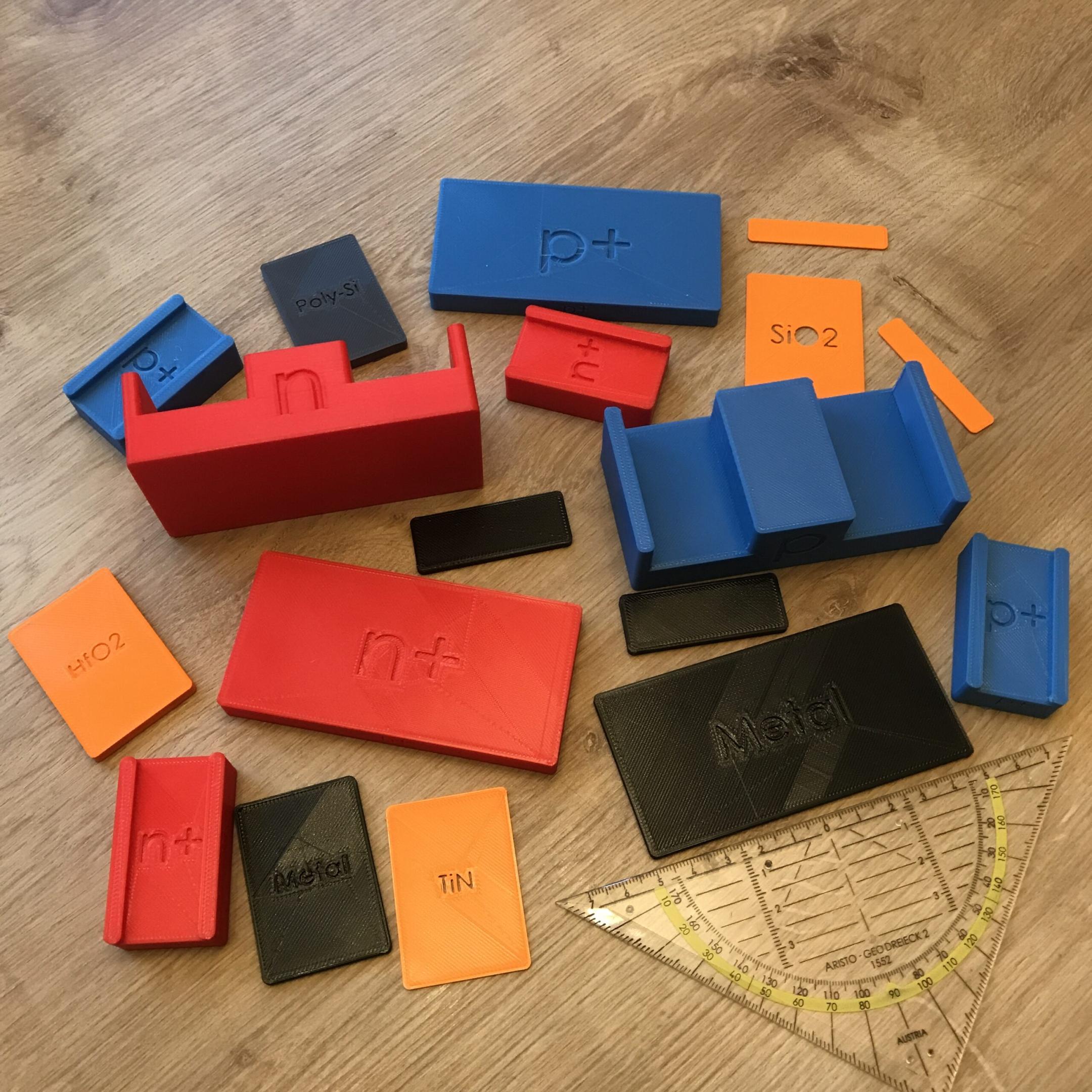
Reading analog sensor values with Atmega328p, sending them to PC via bluetooth + plot and save on a .csv using Python
An analog signal is read by the Atmega328p, then sent to the HC-05 Bluetooth module via UART. On the PC, the incoming data is processed by a Python script and plotted using matplotlib.
On another approach, the values are continuously stored to a .csv file and read + plotted by a second script.
Schematic
The programming was done in Microchip Studio, using an USBasp programmer and AVRDude Assistant GUI.
Continue readingScorpion- powerful high side switch for large capacitive loads
Switching large capacitances is generally problematic due to the high inrush currents involved. When using MOSFETS to do so, close attention must be paid towards Safe Operating Area (SOA) during turn-on. The inrush current can either be limited by using powerful resistors to charge up the capacitors in a side-branch before closing the contacts on the main current path, or by limiting the rate of voltage rise, since capacitor current is . A compromise must be found between low
during operation to minimize
losses and good SOA behaviour for a safe turn-on procedure. The copper bars combine screw terminals, thermal capacity and massive cross section.
This switch uses N-Channel MOSFETS in High-side configuration and dV/dt limiting for inrush current control.
3D-View from Altium (click and hold to drag it around)
Modeling X7R (+Ceralink) MLCCs in LTspice
Creating models of X7R multilayer ceramic capacitors (MLCC) can be quite a challenge, depending on the effects the model should include.
Laundry list of troubles:
- Capacitance and ESR are a function of DC Bias voltage, frequency and temperature
- Piezoresonances
- Aging
Further aspects of the simulation model:
- Convergence
- Model intended for AC or transient simulation?
- Charge conservation
- Simulation time
Data acquisition:
- VNA
- LCR-meter
- Resonant lines
FirePuncher – Punch-activated arm mounted flamethrower
All credit to Allen Pan for the idea and providing a tutorial on hackster.io.
His YouTube: https://www.youtube.com/sufficientlyadvanced
The basic idea is that some butane gas is stored inside a metal tube with one end connected to an electric valve. Once the microcontroller detected a punch in the data coming from the accelerometer, the electric valve is opened for a short amount of time. Simultaneously, a high voltage source is switched on, producing an arc inside the outflowing butane gas stream and ignites it.
Continue readingFriction drive for bicycles
3D printed frictiondrive for bicycles using 6374 sized BLDC Motor and FOC Controller. Input to an Arduino Nano is given by a throttle and a braking sensor. The Arduino manages the incoming signals and communicates with the motorcontroller based on the sensor input. A speed sensor from an inexpensive bike computer mounted on the bicycle is tapped and fed into the Arduino as well. Using interrupts, the time between two voltage pulses can be measured and the current speed calculated. The motor support can therefore be disabled when reaching a certain speed.
Continue readingThe Primeval Code – Simple device for generating homogeneous electrostatic E-fields at home
The Primeval Code theory claims that if seeds of certain plants are exposed to certain levels of electrostatic fields before or during germination, then an original form or a form with significantly higher yield can be grown.
I personally doubt that, as is sounds just like another esoteric theory. Nevertheless, I decided to build a minimalistic device to try it out.
Continue readingWorld map with RGB backlight
I saw such a world map somewhere in an ad, turned out it was very, very expensive and decided to build my own. It consists of a simple wireless RGB LED controller and some parts cut from an LED strip. Also found some grayish wood for that weathered look. The continents themselves are downloaded from some random dxf file marketplace, scaled appropriately and then milled on my small Stepcraft CNC plotter. It is about 112 cm long and 63 cm wide.
Continue readingRCLaunch- Launch fireworks remotely
This was a project with the goal to wirelessly launch new year fireworks safely. Some people may want but are physically no longer able to launch fireworks by themselves, e.g. due to illness, age or other reasons. Nevertheless, it would give them happiness to do so. Introducing this wireless launching solution, fireworks placed by others in the garden can be launched from inside the house.
Video
Outlet power strip with smoke detector for automatic switch-off
This circuit disconnects the mains voltage upon detection of smoke and starts flashing a red light + an alarm horn.
Originally built for some tests with cheap PC power supplies and general supervision of various experimental set-ups.
Rubber, plastic and synthetic materials often tend to smoke quite a lot on the brink of burning. Immediately interrupting the supply of electric energy into that system with a simultaneous notification can prevent worse. I thought I’d share my solution and hopefully someone finds it useful and maybe wants to build something similar.
Continue readingSGTC- Spark Gap Tesla Coil
A very robust and simple type of tesla coil.
The video above shows the SGTC I built in 2014 for the upcoming open door day at my school. With today’s knowledge, I would make some things a little different, but nevertheless it worked and produced some impressive streamers and even made it into the local newspaper.


